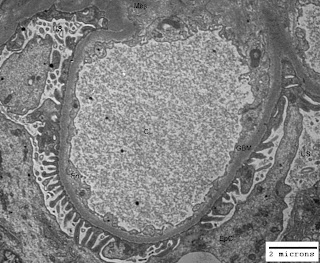The cause and/or precipitating factor of acute renal failure (ARF) is always responsible for the effectiveness of therapy and supportive care techniques including hemodialysis. A rapid loss of renal function is exhibited through elevated levels of serum creatinine and blood urea due to fall in the clearance of these nitrogenous wastes by the kidneys in all cases of ARF. It has been observed that a loss of 50% of glomerular filtration rate (GFR) leads to significant elevation of the level of creatinine in the blood with a decrease in the urine output (oliguria). There could be three types of causes and implicating factors of acute renal failure: 1) Pre-renal, 2) Renal and 3) Post-renal. In pre-renal type ARF causes are the physiological factors or conditions which lead to poor renal perfusion and severe impairment of renal function. Hemorrhage in gastrointestinal tract (stomach and intestines) and other internal spaces, sepsis, hepatic failure (liver failure), over compliance of antihypertensive drugs or non-steroidal anti-inflammatory drugs (NSAID), arterial or venous thrombosis and intra-vascular hemolysis due to transfusion reactions, are the major pre-renal causes of ARF.
Acute tubular necrosis (ATN), rapidly progressive glomerulonephritis (RPGN), post infection glomerulonephritis and interstitial nephritis are some major renal causes of ARF. Pre-renal factors and use of nephrotoxic drugs may also be associated cause of ATN. Some viral infections, drugs, multiple myeloma, lymphoma and granuloma may cause interstitial nephritis leading to renal type ARF.
Post-renal type ARF is caused by intra-tubular obstruction due to fibrosis, stones or tumors. Every case of acute renal failure needs urgent investigations to establish the cause and efficient mode of supportive care and line of treatment. A comprehensive physical examination is required to look for possible causes of ARF and planning the investigations to classify the type of ARF. By timely diagnosis and treatment, renal function could be restored in majority of cases of pre-renal type acute renal failure.














